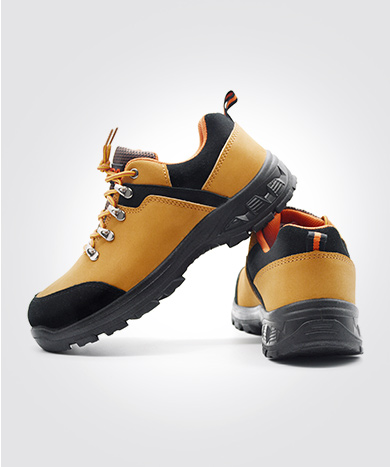Safety shoes belong to the safety and protection category of shoes, mainly used to protect the feet and legs from foreseeable injuries. Because the production process has relatively high requirements for raw materials, auxiliary materials, chemical materials, mechanical equipment, etc., it has high technical content and high added value. Use different safety footwear products in different workplaces.
The safety shoes that protect the feet in industrial enterprises are called safety protective shoes. The main feature is that the toe can withstand the impact of 20 kilograms of hard objects falling vertically from a height of 1 meter. This kind of safety protective shoes has also developed different types of products in other industries, such as: the soles are designed to prevent the soles of the feet from being pierced by nails or other sharp objects; others are non-slip, anti-static, and resistant to temperature changes. , Resistance to specific fuels and chemicals, etc.
Logging or timber production requires the use of a chain saw. Logging or timber production with a chain saw may cause injuries to the skin, ankles, feet and toes, so you need to wear protective footwear. Because different working environments have different dangers, suitable protective shoes and boots should be selected according to different working environments. The same working environment may also have different dangers.
There are corrosive chemicals in the chemical laboratory. The laboratory must also wear suitable protective shoes and need to store the relevant protective shoes. Perforated shoes, slippers and similar footwear shall not be worn in the laboratory. The protective shoes worn in the laboratory must cover the entire foot and protect the entire foot. The sole and upper materials are selected according to the laboratory environment, material handling and tasks. At the same time, the sole has the properties of slip resistance, abrasion resistance, oil resistance or heat resistance.





